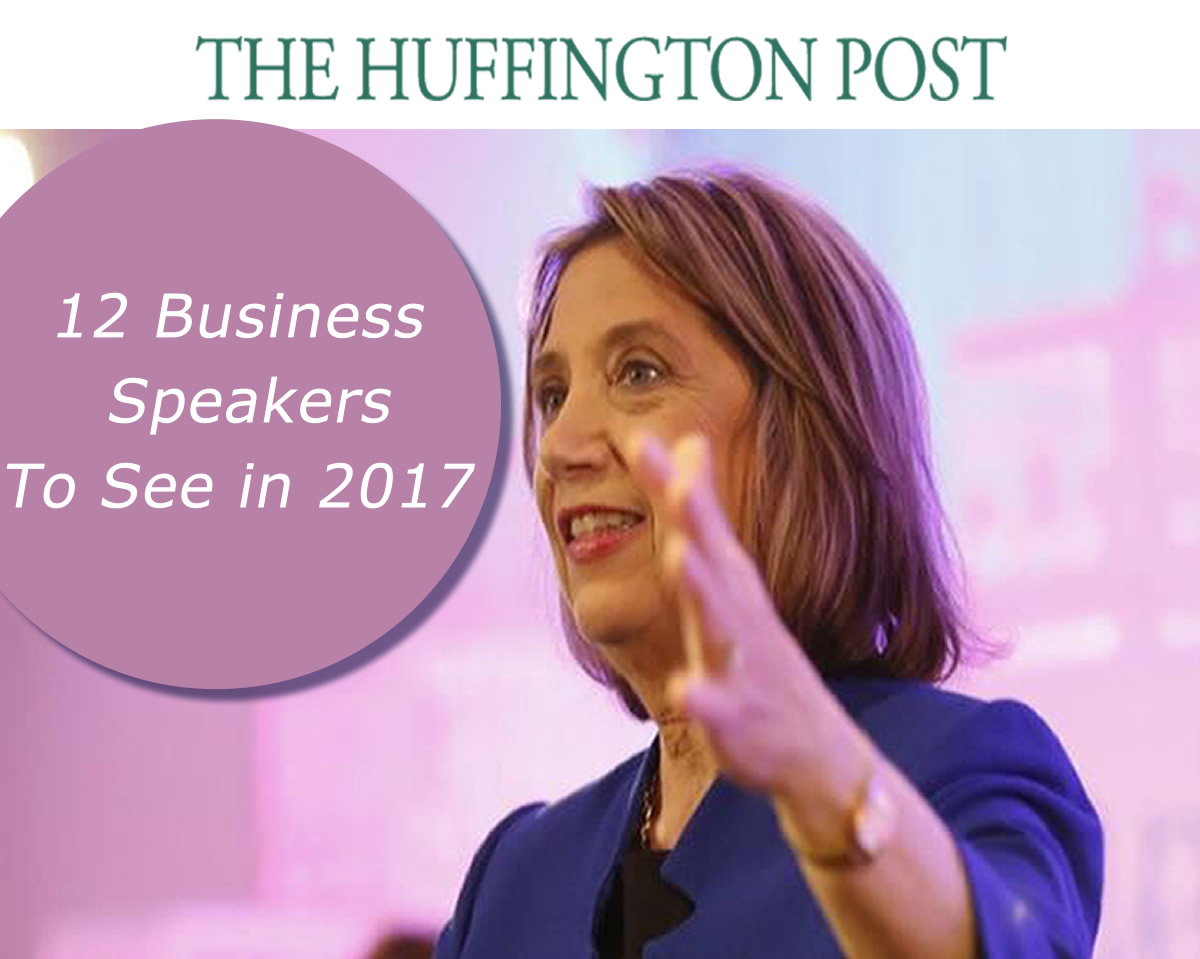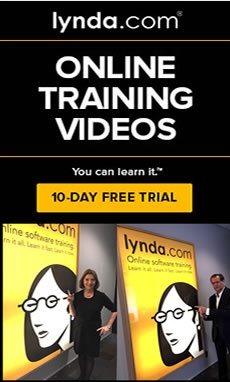“Social Media Communities Empower Small Businesses”
(Part 2 of a 3 part series)
Twitter is an amazing place to meet interesting people and join communities. But sometimes “amazing” is an understatement when it comes to Twitter relationships.
A year ago, I received an unexpected “Thank You” tweet from Craig Newmark (@craignewmark). Craig’s understated Twitter bio begins, “Customer service rep”, but ends with the “founder of craigslist.org”. Not sure if “shocked” adequately expressed my initial reaction. If you haven’t heard, craigslist.org is where millions of people help each other with everyday needs from housing to jobs. Not that it would be unlike Craig to say “thank you”, but I was somewhat new to Twitter and just beginning to embrace working and living in this new borderless society.
Most people assume Craig runs craigslist.org, but according to Craig, “It’s run by a small group of very smart people who have stayed loyal to the idea that it should be simple, fast, mostly free.” What Craig is really passionate about is connecting people and building communities. On March 8, 2011, Craig launched craigconnect to bridge the gap between concerned citizens and great causes.
Since Craig seemed approachable, I asked him how he thought small businesses should use social media to build communities, understanding that he built a small online business into one of the Internet’s 10 most-visited English language sites. That’s 20 billion page views per month, per Alexa.com. Here’s what he told me, “What has worked for me is treating people like I want to be treated. That means real customer service, and a commitment to permanent engagement with customers. Sometimes it’s hard, and there are always people you can’t make happy, but you try.”
Social Media Communities Create Value
“Building your own community on Twitter is about creating value in terms of content and relationships. Even more basic than that, it’s about giving, not taking”, according to Kent Huffman (@KentHuffman), marketer extraordinaire and founder of #MarketerMonday, one of the most successful marketing communities in social media. Kent’s #MarketerMonday community was the inspiration for #MMChat, (every Monday at 8 p.m. EST) sponsored by @TheSocialCMO and created by Jeff Ashcroft (@JeffAshcroft), another social media visionary.
Small Business Ad Agencies Get Social
Now enter the ad agency world. One would think agencies know everything about advertising, but they don’t. Many small to mid-size ad agencies rely on the advice of Michael Gass (@MichaelGass) new business consultant, on the benefits of social media and how to develop a network. Michael said, “For social media to work as a tool for developing a prospective client network and referrals, small to mid-size ad agencies are forced to create a differentiating position to create appeal to a very specific target audience. They are also forced to focus social media efforts on client benefits instead of leading with agency credentials and capabilities.” Michael has over 34,000 followers on Twitter.
Twitter chats are a goldmine to networking
If you’re wondering where to find interesting people, Twitter chats can be invaluable to building communities. Small businesses can either start their own Twitter chats or join other chats. At first, chats can be overwhelming and intimidating, but it’s best to be patient and listen. Depending upon your niche, there are dozens of scheduled chats that take place every week. I highly recommend bookmarking both comprehensive lists of Twitter Chats posted on “3 Reasons Twitter Chats Rock” by Melissa Nazar (@melnazar) and Meryl’s Notes Blog, “Lists of Twitter Chats“.
Social media is the biggest catalyst
Social media is the biggest catalyst to build a community around your brand. Your brand must have a purpose. Relationships won’t happen overnight. Be a curator and share content that engages people. Know that the community is more important than the product or service. Start a conversation around the topics of industry interest by creating a blog, Twitter, FaceBook or Google+ account.
Heart and soul of your business
Depending on the drivers for building your community and the level of engagement you hope to achieve, the most important advice is use your instincts not just an arsenal of analytic tools. If social media has taught us anything, it is how to be human. Nominally, we have a lot of relationships in life, but only a few are valuable. The same can be said about social media relationships. Social media is changing everything about the way people relate socially, in commerce, politics, and personal relationships. The tenor of relationships may be different online compared to offline, but the common denominator is that we invest in people.
This cacophonous culture can be worth its weight in gold for your business and personal relationships. But where do you begin? When do you start? It wasn’t that long ago that Tom Pick (@TomPick) and I collaborated on building communities when we created #Nifty50 Men and #Nifty50 Women. The real challenge wasn’t just to find interesting people, but people that our social media friends and business associates would want to meet. In our case, we weren’t just building a community we were expanding our communities. There were many real success stories, both personal and business, but one of the most rewarding was being mentioned in a Fast Company article by Wendy Marx (@WendyMarx).
Final thoughts …
Remember that building a community is not a marketing component of a business strategy. Nor is it an advertising campaign; it is the heart and soul of your business. Robust communities share an understanding of member’s lives and interests. Remember, transparency and authenticity are the keys to success.
The very fact that customers are more difficult to reach should create an impetus for small businesses to rethink social media strategies. To connect with today’s buyer, you need to stop pushing your message out, a.k.a., “outbound marketing” and start pulling your customers in via “inbound marketing.” The rules of marketing have changed. The key to winning today is the ability to use this change to your advantage. And, while the economic picture remains challenging, we need to remember that small business is the engine that will move our country forward.
Part 3 will discuss the shift from traditional outbound marketing to inbound marketing and the impact for small businesses. If you missed Part 1 check out: “For Small Business, Social Media is Word-of-Mouth Struck by Lightning“.
![]() “Marketing Tools and Technology – How Does A Marketer Decide?” was originally posted on Michael Brenner’s Blog B2B Marketing Insider.
“Marketing Tools and Technology – How Does A Marketer Decide?” was originally posted on Michael Brenner’s Blog B2B Marketing Insider.
















Great quotes you have there, Cheryl. You included the key elements of building a community plus the important reminder that it takes time to build relationships. Twitter chats are a great place to do that. (Thanks for mentioning the Twitter chat list.)
One thing I disagree with is the number of followers. I’ve seen uninteresting people with empty tweets have 20K followers. Anyone can do this now… just follow as many people as you can at the right speed, many people tend to follow back without second thought.
Meryl,
You’re most welcome. Happy you enjoyed!
Not to be misunderstood, but ratio of followers/follows is a critical component of building a community. One of the first mistakes many people make in social media relationships is not understanding that communities are not built on numbers, but on quality. Hopes this helps explain.
Thanks again for your comments.
Cheers!
Cheryl
I love this post. Businesses need to view social as a hybrid formal/informal comm platform. It let’s you reach out to customers, prospects etc in various ways that are definitely not the hard sell. You can keep touching people if you do it right. Be genuine. Be reciprocal. Don’t be all about you, your brand or your product.
You can draw people in and create a high level of loyalty when done right. I love Chobani Yogurt. They love me. They are not a client (I wish but I have gotten free yogurt). I convert new customers for them online and off just because I love their product so much, and they have a great group of people running social media and marketing. They ‘get’ what their brand is about and they are like a hub connecting them, customers, bloggers, nutritionists, sports/health funneled via a multi-channel marketing plan that all supports the brand. And their focus is their customers. Not themselves.
I see so many brands just push their stuff on their followers and fans without caring about the customer. Just the sale. And it fails miserably. How much am I worth to Chobani? Not sure. But every brands needs people like me on their side. And that is the essence of community building.
Hi Howie,
Thank you! I can’t tell you how much it means to me whenever you tell me you “love” something I’ve written or tweeted.
We seem to agree that existing customers are your best ambassadors. Satisfied customers like you, Howie, will recommend your brand, product, or service to their friends. But that means brands need to live up to their expectations.
When brands need to find key influencers they simply can’t always rely on the same group of people, including existing customers. Here’s an example of finding new influencers. I found this very interesting. Earlier today, Joe Fernandez, CEO and Founder of Klout, tweeted out that “Stephen King to offer his latest ebook to Klout influencers first!..http://corp.klout.com/blog/2011/08/stephen-king-gets-klout/ via @klout”. One could call this the most innovative approach to finding key influencers. Maybe Klout is breaking new ground here. Remember when Ford Explorer 2011 first introduced their car on Facebook? This reminds me of that. Debate on Klout’s social scoring will continue, but you must admit this is a very creative way to find your brand’s influencers. In my opinion, brands should use Klout as a vehicle to find influencers.
Thank you for sharing your relentless focus on customers.
Cheryl
Great post!
The theme is not surprising – for me you are the one who put “social” in social media. It provides a good perspective on how a small business should think about and approach SM!
Keep up the great work at Blue Focus!
– Gary Schirr
Gary,
Your kindness is not surprising. Many companies do not understand “social”. Social media has taught us to be human again.
We both know I’m a marketing technologist and while technological solutions drives many companies, it’s really the “people” behind the technology that drives social. While it is simple in theory, it is more complex in execution. Reason, not everyone is as kind as you 🙂
Thank You!
Cheryl